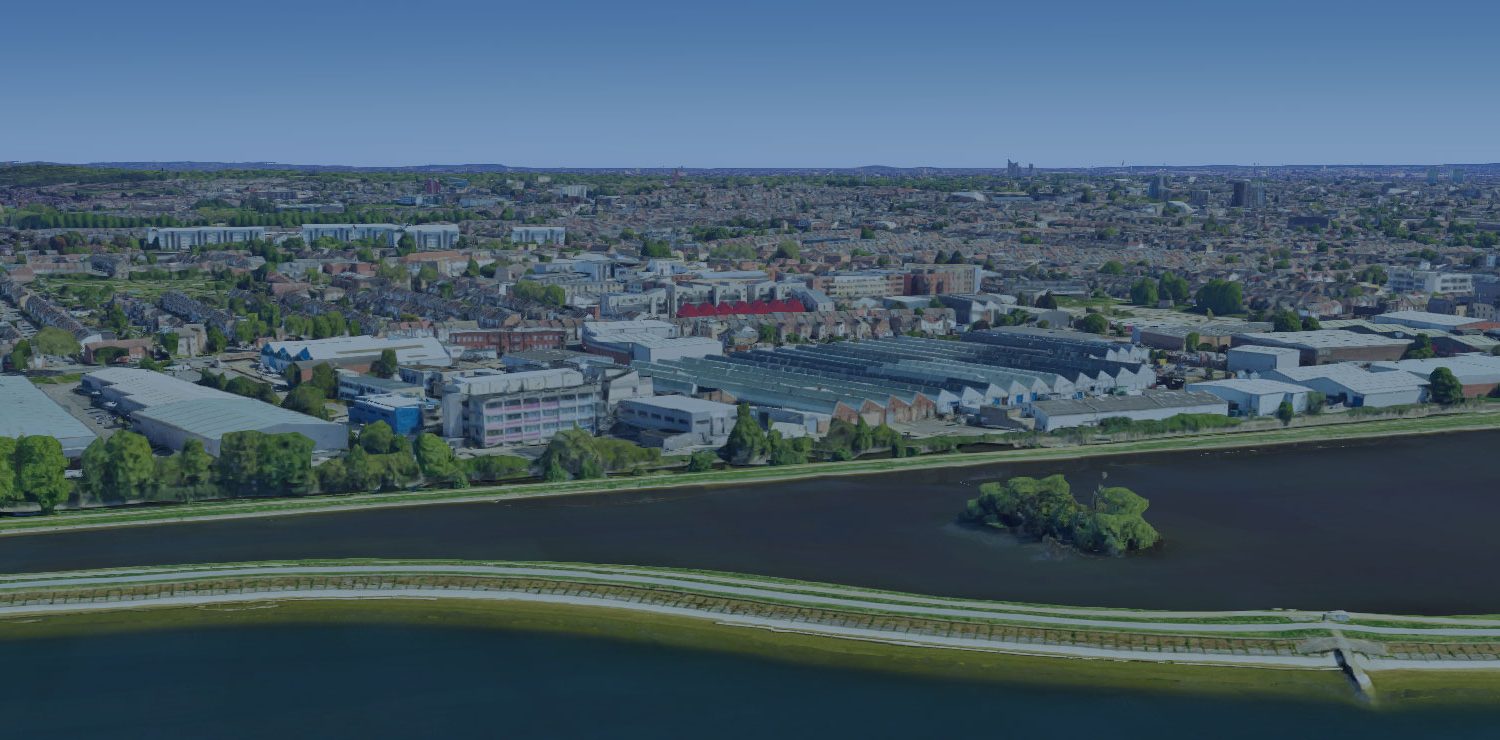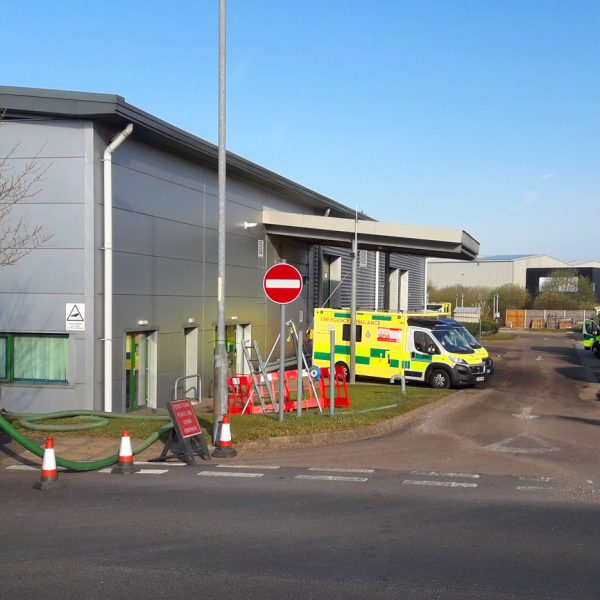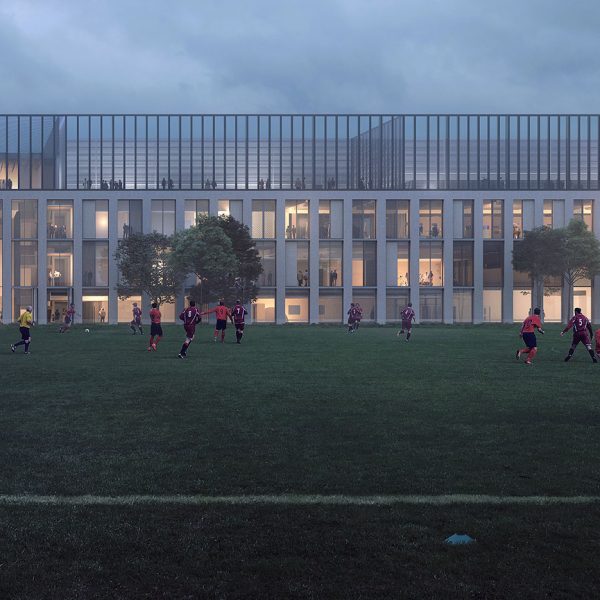Client
Third party service provider
Sector
Commercial
Project Type
Refurbishment
Products Used
MagnaGrand IP
Onsite Duration
5 days
Location
London
INTRODUCTIONA large foul water pump station (2 m wide by 3 m long by 6 m deep, DN150 pipework) required a complete refurbishment. The station receives foul waste from all units of a large London industrial estate. Our client, a drainage company, would provide isolation and tankering to allow our pump engineers to access the sump. Diverse companies are based on the estate leading to industrial process chemicals being discharged into the pumping station. This was carefully considered when specifying the materials used in the refurbishment, and in the methods and safety equipment employed during the works. METHODA confined space survey was conducted to assess the condition of the pumping station. Based on this, a quotation was provided to the customer. Many stainless-steel components were procured including guide rails, chains, shackles and flange bolts. Over the course of the week the pumping station was completely dismantled and rebuilt. Like-for-like replacement pumps and control equipment were installed. All the DN160 (6 inch) ductile iron pipework was replaced. For the duration of the works, all waste was removed from the site by tanker to enable work within the chamber to be carried out safely. RESOLUTIONThe brand-new pumping station will provide reliable service for years to come. This will reduce reactive maintenance costs for the site owner. A service agreement proposal will be sent to the customer to provide planned preventative maintenance. 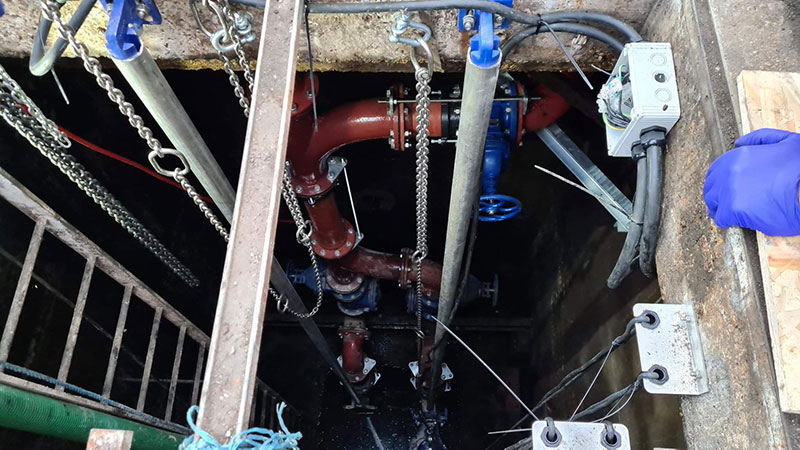
Near completion.
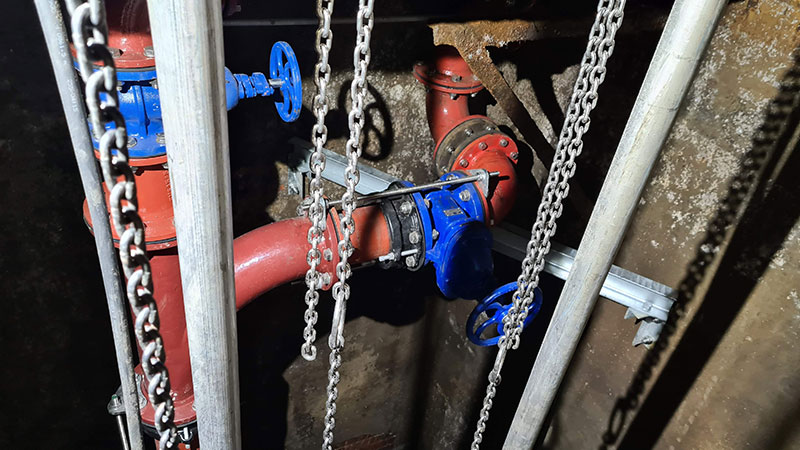
The DN160 ductile iron pipework features dismantling joints to ease repair and maintenance.
|
|

